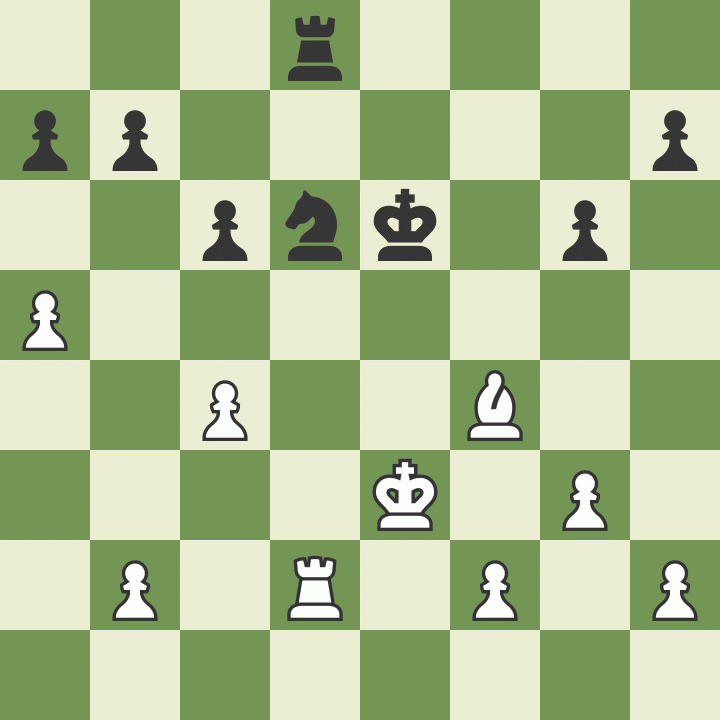
Simplification
Chess is a very complex game, and you must know a lot of theory if you want to become a master at it. But what if you could simplify and make your job easier? Learn more about the concept of simplification and how to use it in your favor!
What Is Simplification In Chess?
Simplification in chess is the act of making the game less complicated by exchanging one or multiple pieces with your opponent. With fewer pieces on the board, fewer variations are left to be calculated by each player, simplifying the game.

Why Is Simplification Important?
The concept of simplification is essential because it changes the nature of the position. Generally speaking, it makes any slight advantage more significant.
Take a look at the position below. Black has one extra pawn, but this is not a huge advantage. In fact, if you use Chess.com's analysis board, you will see that White has a slight edge in this situation. There are a lot of pieces on the board, and it is hard to tell who will win this game and how.

Now, let's remove all the minor and major pieces of the board. Black is still just one pawn up, but since there are almost no pieces left, this is a winning advantage. Black will be able to promote a pawn to a queen and checkmate White.

Simplification can be especially vital in the endgame. It is a good idea to exchange pieces when the resulting position is winning. In this case, even quality sacrifices are welcome!
In the example below, imagine you are playing as White, and you are ahead in material since you have a rook for a knight. You also have an extra passed pawn on the h-file. Knights can be tricky, especially when you are in time trouble. If you are not careful, you can fall victim to a fork and lose the game.

Instead of walking on eggshells, you can sacrifice your rook for the knight. Your plan is very straightforward from this point on. Your isolated passed pawn on the h-file will keep Black's king at bay while you create a passed pawn on the queenside. After that, you should be able to promote a pawn and checkmate your opponent. There is no way for Black to prevent your victory!

In this next example, Max Weiss, playing as Black, exchanges two queens for one of Joseph Blackburne's queen to enter a winning pawn-and-king endgame. There is no way for the white king to stop the promotion of one of the black pawns, so Blackburne resigned.
As you can see, simplification is a great tool to be exploited by the winning side. As Bruce Panolfini, noted chess author, explains: "Trade to simplify, shun to keep complex. If winning, clarify; if losing, complicate." Generally speaking, when you are losing, you want to avoid simplification, and your best chances lie in complicating the position.
Trade to simplify, shun to keep complex. If winning, clarify; if losing, complicate.
— Bruce Pandolfini
One notable exception to this advice is to simplify to avoid potentially more significant losses later. In the example below, the black pawn on e4 can advance one square to attack White's knight and uncover a mate threat at the same time. White must be careful to avoid losing the game.

In this case, although Black has an extra pawn, White's best chance is to simplify with 1. Bxf6. Black's slightly imprecise recapture with 1...gxf6 allows White to neutralize all threats and equalize the material.

Test Your Skills
Now that you are familiar with the concept of simplification, it is time for you to test your skills!
Take a look at the position below. Playing as White, should you simplify by exchanging rooks?

No, you should not! The resulting position would be beneficial for Black, so you should keep your rook on the board. In that situation, what would have happened if White had simplified? Solve the puzzle below from Black's perspective.
Conclusion
You now understand the concept of simplification, as well as the appropriate time to use or avoid it during your games. Head over to our Lessons page to learn other crucial chess concepts and improve your playing strength!







